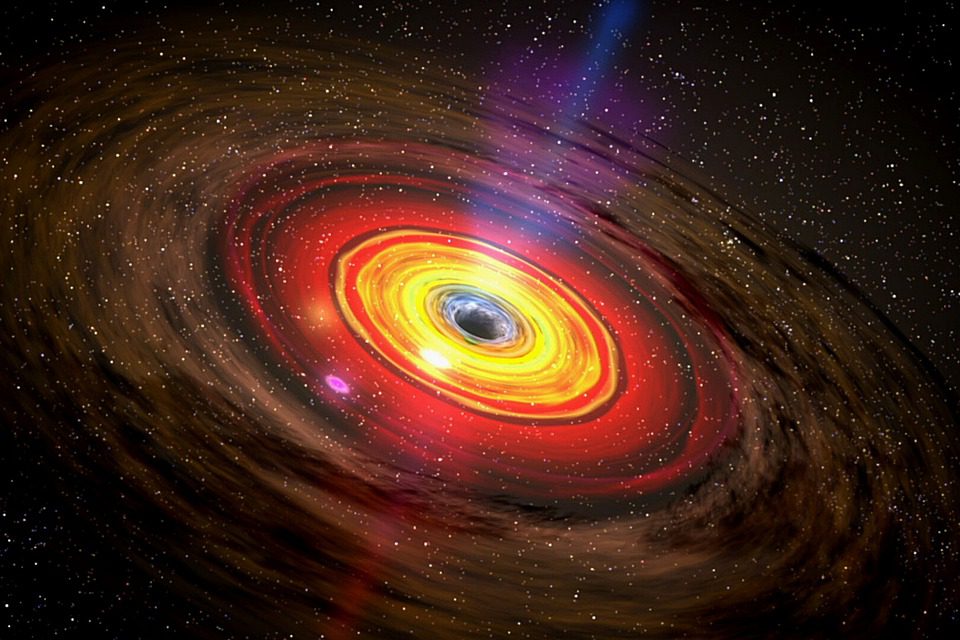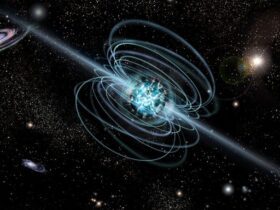A billion years ago, an utterly massive crash of two clusters of galaxies resulted in a pair of incredibly epic shock waves. The formations are so massive that they could easily encompass the Milky Way galaxy’s approximated 100,000 light-year diameter, spanning up to 6.5 million light-years into intergalactic space. A team of astronomers has undertaken the most extensive analysis of these radio structures yet, utilizing the MeerKAT radio telescope from South Africa, obtaining fresh insight into some of the Universe’s most enormous events.
The shock waves function as massive particle accelerators, accelerating electrons to near-light speeds. The radio waves we perceive are produced when these rapid electrons pass a magnetic field.
Galaxy clusters seem to be the biggest gravitationally bound formations in the Universe. They may be enormous, with hundreds or even thousands of galaxies contained inside. Galaxies and galaxy clusters migrate along cosmic web filaments to cluster nodes, where they merge to create bigger clusters. These massive events occur at tremendous speeds, creating cluster-scale shock waves that travel across space at fast speeds.
This specific cluster, known as Abell 3667, is continually developing. It has been linked to at least 550 galaxies, and shock waves are traveling through it at speeds of roughly 1,500 kilometers per second (930 miles per second). Radio relics are shocks linked to cluster mergers that may be utilized to investigate the physics of the intergalactic space inside the cluster.
Abell 3667 is a good target for such probes since it is quite near to us and also rather big, at roughly 700 million light-years distant. Due to the cluster’s location in the southern sky, researchers were able to observe it using one of the world’s most sensitive radio telescopes.
According to the experts, the findings have shown the intricacy of the interaction between thermal and non-thermal constituents in the most active portions of a merging cluster.
The findings were published in Astronomy & Astrophysics.













Leave a Reply